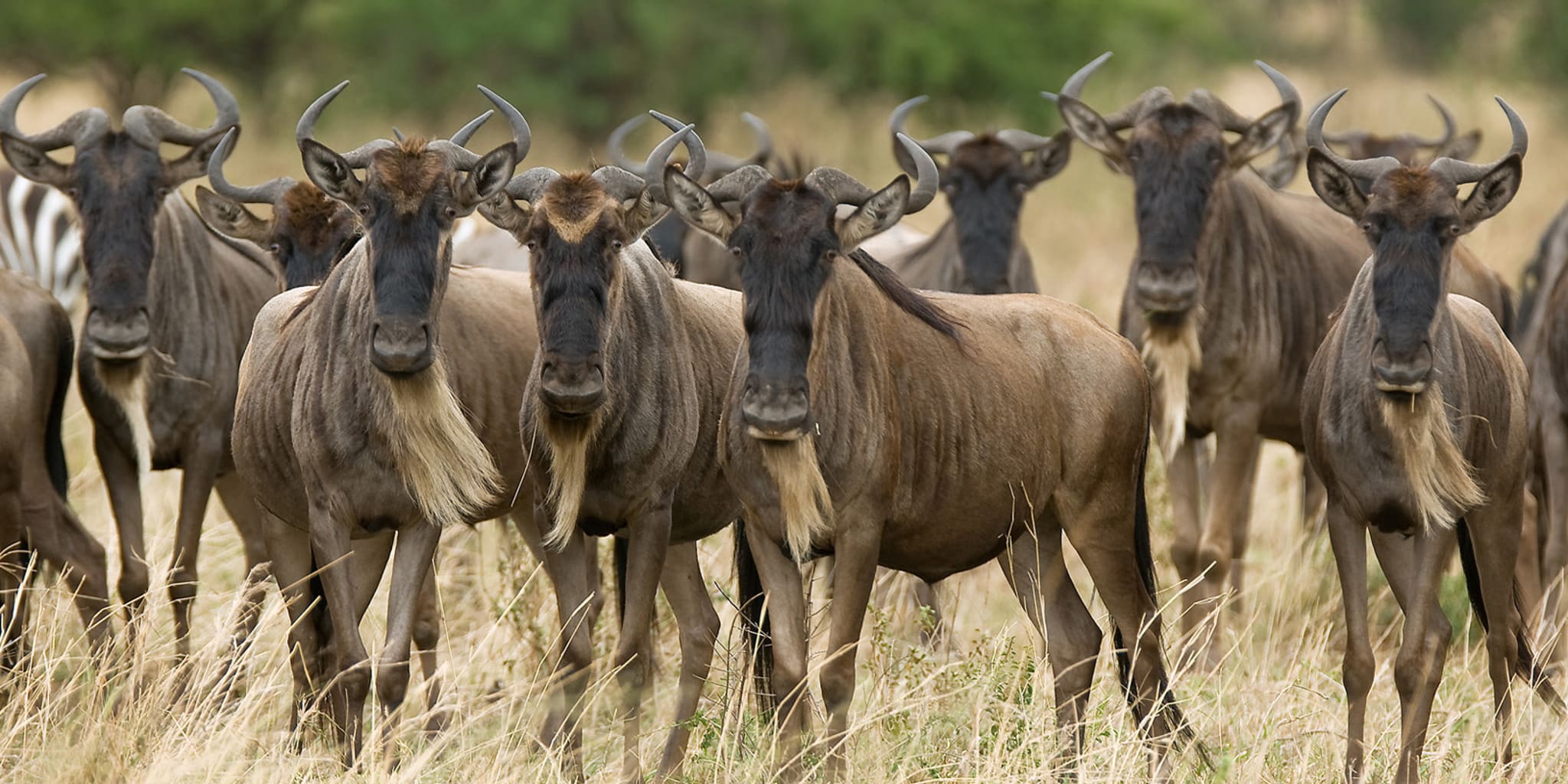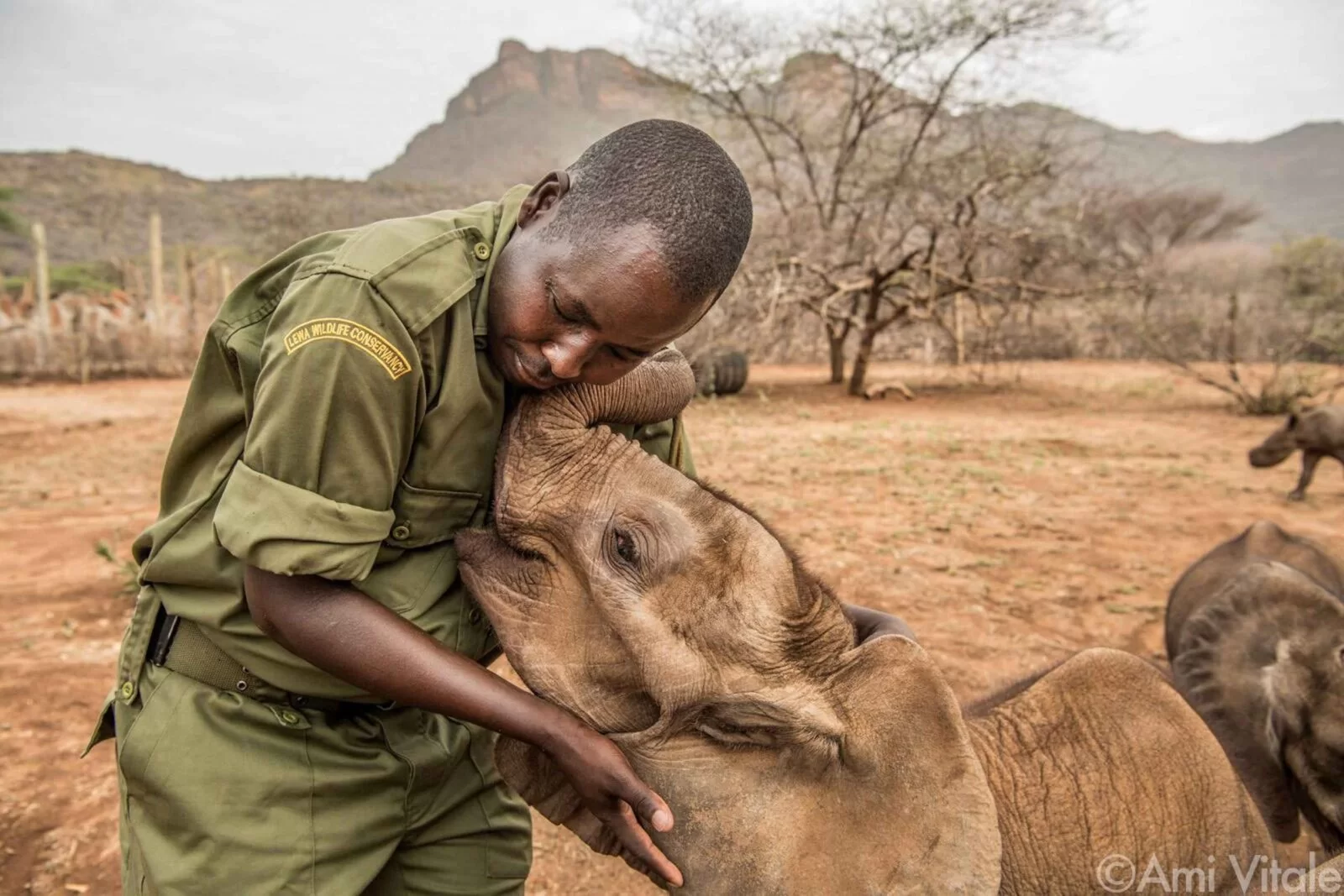Nestled in the arid landscapes of northern Kenya is Samburu National Reserve a breathtaking wildlife haven known for its rugged beauty, unique species, and rich cultural heritage. Spanning 165 square kilometers, this remote reserve is set along the banks of the life sustaining Ewaso Ng’iro River, which provides a crucial water source for the region’s diverse wildlife. The river forms a natural boundary between Samburu National Reserve and Buffalo Springs National Reserve, enhancing the overall game-viewing experience.
Samburu National Reserve is famous for hosting rare and endemic wildlife, including the Samburu Special Five: Grevy’s zebra, Somali ostrich, reticulated giraffe, beisa oryx, and gerenuk. This reserve is also home to iconic African predators like lions, cheetahs, leopards, and wild dogs, making it an excellent safari destination. In addition to wildlife, Samburu National Reserve offers visitors a chance to engage with the Samburu people, a semi-nomadic tribe closely related to the Maasai, known for their vibrant culture and traditional lifestyle.


